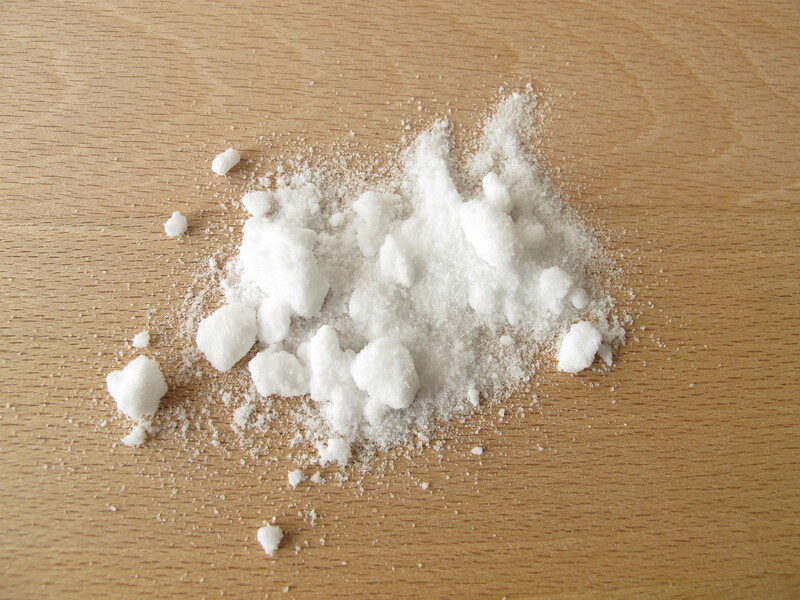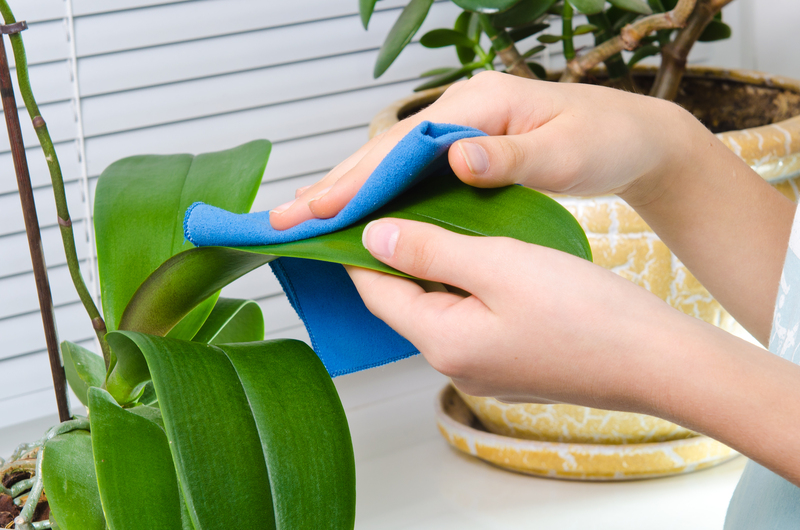Condensation is a common issue faced by many homeowners, especially during the colder months. It occurs when warm air comes into contact with cold surfaces, resulting in water droplets forming on windows and walls. While it may seem like a minor inconvenience, condensation can lead to serious problems such as mold growth, structural damage, and health risks. In this article, we will discuss the causes of home condensation, its effects, and tips for winning the battle against it.
Causes of Home Condensation
The main cause of home condensation is excess moisture in the air. This can be caused by a variety of factors, including cooking, showering, drying clothes indoors, and even breathing. During the colder months, when indoor heating is turned on, the temperature difference between inside and outside can also contribute to condensation.
Another factor that can lead to excessive moisture in the air is poor ventilation. If your home does not have proper ventilation systems or if vents are blocked, there is no way for moist air to escape. This trapped moisture then settles on surfaces, leading to condensation.

Effects of Home Condensation
While condensation may seem like a mere annoyance at first, it can cause serious problems if left unchecked. The water droplets that form on surfaces provide an ideal breeding ground for mold, which not only looks unsightly but also poses health risks to you and your family.
Excessive moisture can also lead to damage to your home's structure. When water vapor constantly settles on walls and ceilings, it can seep into the material and cause rotting or warping. This can weaken the integrity of your home's structure and result in costly repairs.
Tips for Winning the Battle Against Home Condensation
Fortunately, there are several strategies that you can implement to reduce and even prevent condensation in your home.
1. Ventilate your home: The easiest way to reduce condensation is to ensure proper ventilation. This can be achieved by opening windows and using exhaust fans when cooking, showering, and doing laundry.
2. Use a dehumidifier: A dehumidifier is a great tool for removing excess moisture from the air. It works by drawing in damp air and collecting the water droplets, leaving behind dry air.
3. Insulate cold surfaces: As mentioned earlier, temperature difference is a major contributor to condensation. By insulating cold surfaces such as windows and walls, you can reduce the chances of condensation forming on them.
4. Check for leaks: Leaks in your plumbing or roof can contribute to excess moisture in the air. It is important to regularly check for any leaks and fix them promptly to prevent further damage.
5. Monitor indoor humidity levels: Purchasing a hygrometer can help you keep track of the humidity levels in your home. Ideally, indoor humidity should be between 30-50%. If it goes above this range, take steps to reduce it.
Pros and Cons of Different Strategies
While there are many strategies for combating home condensation, each has its pros and cons.
Ventilation is an easy and cost-effective method but may not be suitable for colder climates where opening windows is not ideal. Dehumidifiers are effective but can be costly to run and maintain. Insulation requires upfront investment but can provide long-term benefits in energy efficiency. Regularly checking for leaks can help prevent further damage, but it may be difficult to detect hidden leaks.
Ultimately, the best approach would be a combination of these strategies depending on your specific needs and circumstances.

Key Takeaways
Home condensation may seem like a minor issue, but if left unchecked, it can lead to serious consequences such as mold growth and structural damage. The key takeaways are to ensure proper ventilation, use a dehumidifier if necessary, and regularly check for leaks and insulate cold surfaces. By implementing these strategies, you can win the battle against condensation in your home.
Conclusion
In conclusion, condensation is a common problem faced by many homeowners, but it can be managed and prevented with the right strategies. By understanding its causes and effects, and implementing simple tips, you can keep your home free from excess moisture and its damaging consequences. Remember to regularly monitor indoor humidity levels and take the necessary steps to reduce them. With these measures in place, you can successfully win the battle against home condensation.


